Water and wastewater treatment are essential processes for ensuring safe, clean, and usable water, whether for consumption, industrial use, or environmental protection. Various chemicals are used in these treatments to remove contaminants, control microorganisms, and adjust water properties. But with so many options, how do you know which chemicals are the best for your needs?
In this guide, we’ll walk you through the top 20 chemicals used in water and wastewater treatment, their key applications, benefits, and why they are crucial for your system’s efficiency.
1、Poly Aluminum Chloride (PAC) – Coagulant
Poly Aluminum Chloride (PAC) is an inorganic coagulant widely used in water treatment. It helps remove suspended solids, organic matter, and pollutants by aggregating them into larger particles, which can then be easily removed.
Key Features:
- Fast flocculation and rapid settling
- Effective for both low-temperature and high-turbidity water
- Non-corrosive and easy to handle
Applications:
- Municipal water treatment
- Industrial wastewater treatment
- Food-grade applications
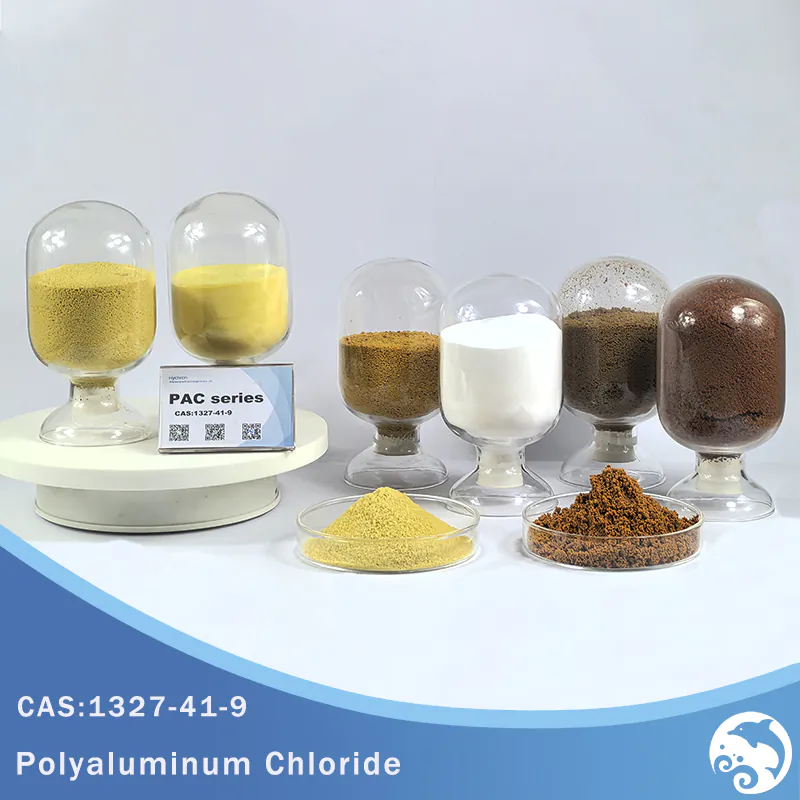
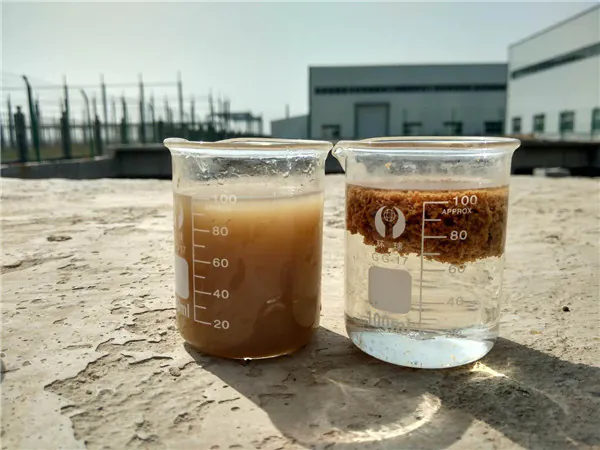
2、Alum (Aluminum Sulfate) – Coagulant
Alum, or aluminum sulfate, is another popular coagulant used to treat water. It binds particles together to form larger clusters (flocs), making it easier to remove impurities from the water.
Key Features:
- Improves water clarity
- Effective for removing suspended solids and turbidity
- Low cost, widely available
Applications:
- Drinking water treatment
- Wastewater treatment in industrial settings
- Paper industry for water clarification
3、Poly Ferric Sulfate (PFS) – Flocculant
Poly Ferric Sulfate is an efficient, iron-based flocculant. It’s highly effective for coagulation, even in water with a low pH, and it doesn’t contain aluminum or harmful heavy metals.
Key Features:
- High flocculation efficiency
- Performs well in low pH water
- Non-toxic and cost-effective
Applications:
- Municipal water treatment
- Industrial wastewater treatment
- Dye wastewater treatment
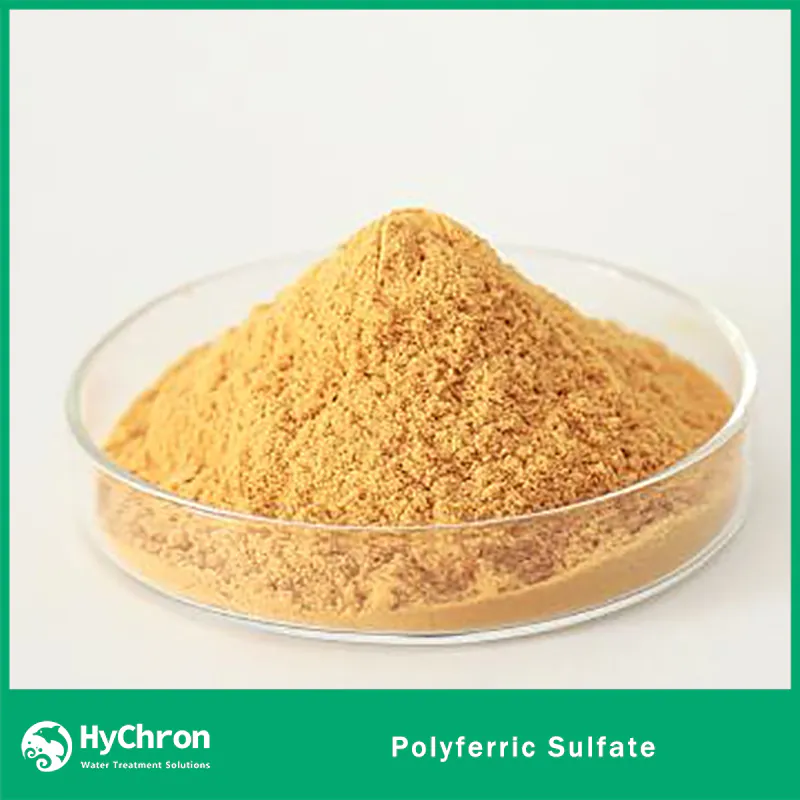
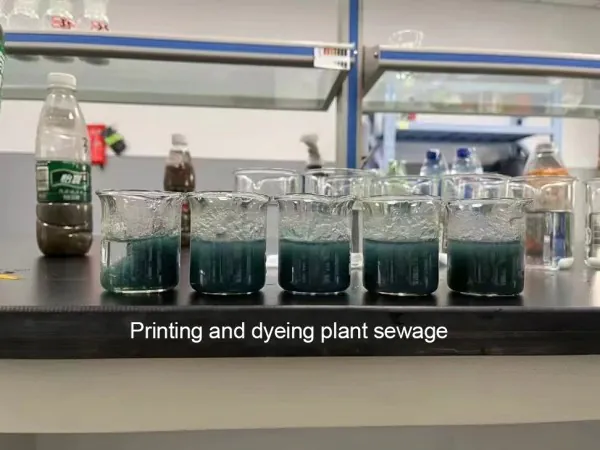
4、Polyacrylamide (PAM) – Flocculant
Polyacrylamide is a water-soluble polymer used for flocculation in water treatment. It helps remove suspended solids by promoting the formation of flocs that can easily settle out.
Key Features:
- Excellent at binding fine particles
- Available in anionic, cationic, and non-ionic forms
- Versatile for various industries
Applications:
- Mining and oil industries
- Textile and paper production
- Wastewater treatment
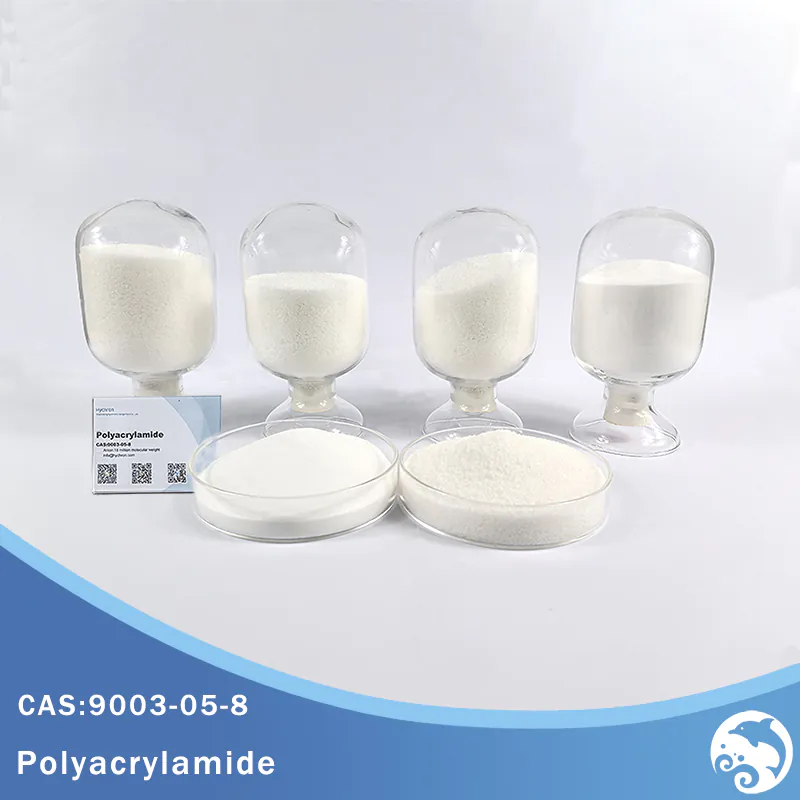
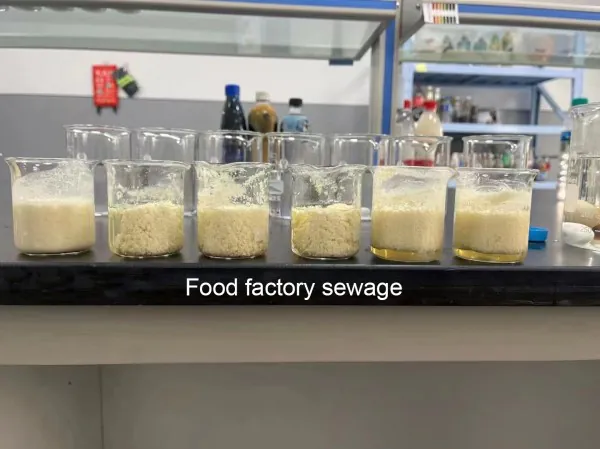
5、Ferric Chloride – Coagulant
Ferric chloride is another powerful coagulant used to remove suspended solids, heavy metals, and other impurities from water. It is highly effective in treating both potable water and industrial wastewater.
Key Features:
- Highly effective in removing phosphates and suspended solids
- Works well in various pH levels
- Reduces turbidity and improves water clarity
Applications:
- Municipal water treatment
- Industrial wastewater treatment
- Drinking water purification
6、Hydrogen Peroxide – Oxidizing Agent
Hydrogen peroxide is a strong oxidizer used in both water treatment and wastewater treatment. It helps break down organic compounds and disinfect water.
Key Features:
- Kills bacteria, viruses, and other pathogens
- Breaks down organic contaminants
- Environmentally friendly by decomposing into oxygen and water
Applications:
- Drinking water treatment
- Wastewater treatment
- Disinfection in industrial processes
7、Chlorine – Disinfectant
Chlorine is one of the most widely used disinfectants in water treatment. It effectively kills bacteria, viruses, and other pathogens, ensuring safe drinking water.
Key Features:
- Strong disinfection power
- Easy to use and cost-effective
- Long shelf life
Applications:
- Municipal drinking water systems
- Swimming pool water disinfection
- Industrial water treatment
8、Sodium Hypochlorite – Disinfectant
Sodium hypochlorite, commonly known as bleach, is used to disinfect water. It’s an effective and low-cost solution for eliminating microorganisms and pathogens.
Key Features:
- Powerful oxidizing agent
- Commonly used for disinfection and algae control
- Safe for a variety of water treatment systems
Applications:
- Water and wastewater treatment
- Swimming pool sanitation
- Surface disinfection
9、Activated Carbon – Adsorbent
Activated carbon is used in water treatment to remove organic compounds, chlorine, and other impurities by adsorption. Its porous surface makes it highly effective at trapping pollutants.
Key Features:
- High adsorption capacity
- Removes odors, colors, and chlorine
- Improves taste and quality of water
Applications:
- Drinking water treatment
- Wastewater treatment
- Air purification systems
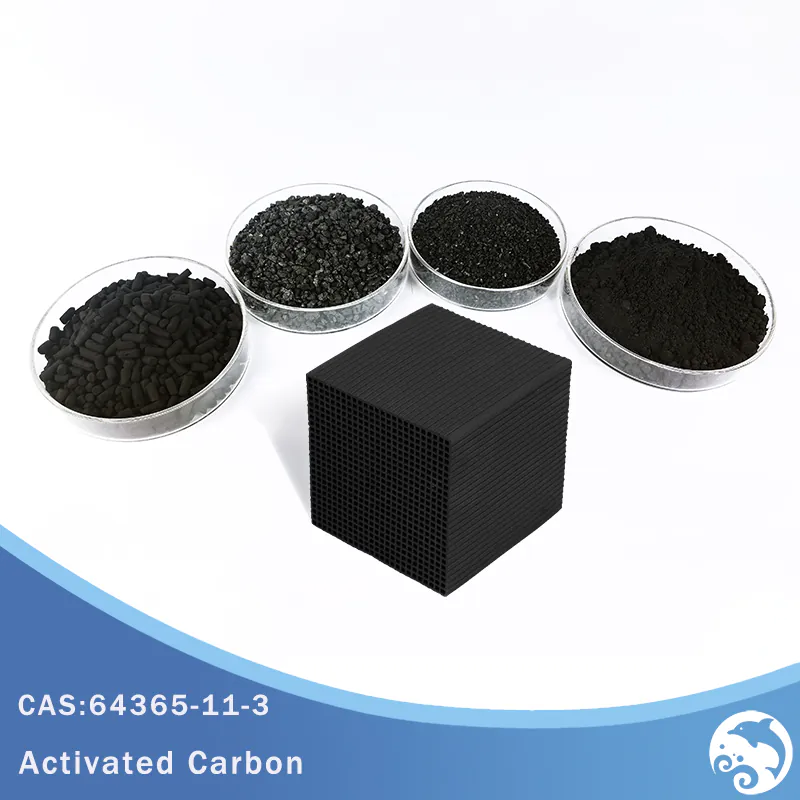
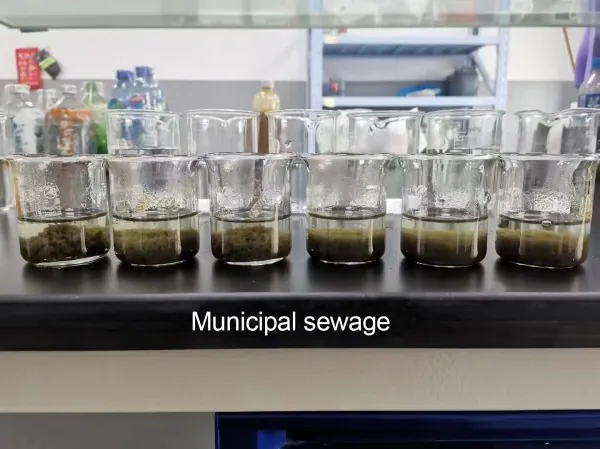
10、Ozone – Oxidizer
Ozone is a powerful oxidizing agent used to disinfect water and remove organic contaminants. It’s more environmentally friendly than chlorine, as it decomposes into oxygen without harmful by-products.
Key Features:
- Kills bacteria, viruses, and protozoa
- Removes organic contaminants and odors
- No harmful residuals left in the water
Applications:
- Drinking water treatment
- Wastewater treatment
- Food and beverage industry
11、Sodium Bisulfite – Reducing Agent
Sodium bisulfite is used in water treatment to neutralize chlorine, sulfur dioxide, and other oxidizing agents. It helps prevent the formation of harmful by-products in the water.
Key Features:
- Neutralizes chlorine and chlorine dioxide
- Prevents the formation of hazardous disinfection by-products
- Easy to use and cost-effective
Applications:
- Water and wastewater treatment
- Industrial processes requiring chlorine neutralization
12、Lime (Calcium Oxide) – pH Adjuster
Lime is used to adjust the pH of water, particularly in water softening processes. It helps remove hardness and control acidity, ensuring better water quality and protecting pipes and equipment.
Key Features:
- pH adjustment and water softening
- Removes calcium and magnesium from water
- Improves the effectiveness of other treatment chemicals
Applications:
- Drinking water treatment
- Wastewater treatment
- Industrial water systems
13、Phosphoric Acid – pH Adjuster
Phosphoric acid is used in water treatment to adjust pH levels and prevent scale buildup in pipes and equipment. It also helps remove heavy metals from water.
Key Features:
- pH adjustment and scale control
- Removes heavy metals from water
- Non-corrosive in low concentrations
Applications:
- Water treatment in industrial settings
- Water softening processes
- Wastewater treatment
14、Ferric Sulfate – Coagulant
Ferric sulfate is another coagulant used to treat wastewater. It helps to remove suspended particles and improve water clarity, similar to ferric chloride but in a slightly different form.
Key Features:
- High efficiency for removing suspended solids
- Better for high-turbidity water
- Minimal chemical residuals in the treated water
Applications:
- Wastewater treatment
- Drinking water treatment
- Industrial applications
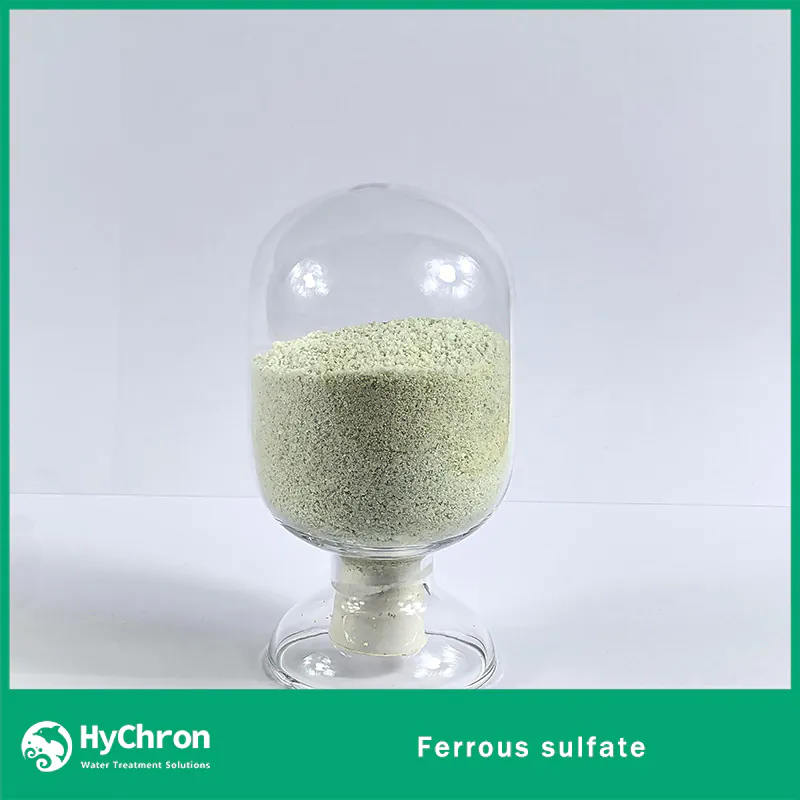
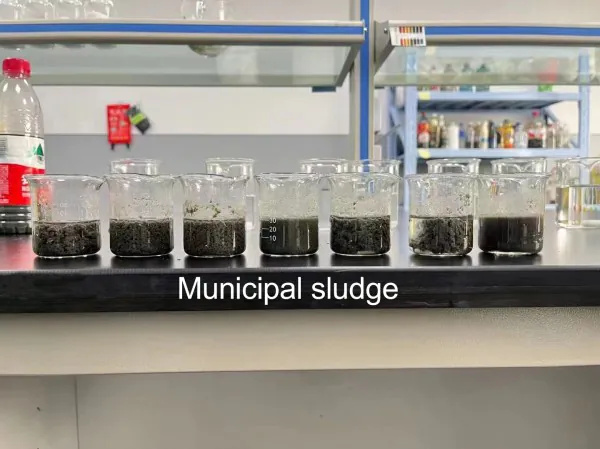
15、Sulfuric Acid – pH Adjuster and Cleaning Agent
Sulfuric acid is commonly used to adjust the pH in water treatment systems, and it’s also an effective cleaning agent for removing mineral deposits.
Key Features:
- Effective pH adjuster
- Excellent for descaling and cleaning equipment
- Helps break down heavy metals in water
Applications:
- Industrial water treatment
- Wastewater treatment
- Descaling in water systems
16、Magnesium Hydroxide – pH Adjuster and Neutralizer
Magnesium hydroxide is used for controlling pH in water and wastewater treatment systems, particularly in neutralizing acidic water.
Key Features:
- Safe for handling
- Helps neutralize acidic water
- Non-corrosive
Applications:
- Wastewater treatment
- Drinking water systems
- Neutralization of industrial wastewater
17、Calcium Hypochlorite – Disinfectant
Calcium hypochlorite is a strong disinfectant used for water treatment. It’s commonly used in pools and industrial settings to eliminate harmful microorganisms.
Key Features:
- Strong disinfecting power
- Available in both granular and tablet form
- Effective in a wide range of pH levels
Applications:
- Swimming pool sanitation
- Water treatment for industrial use
- Wastewater disinfection
18、Sodium Chlorite – Disinfection Precursor
Sodium chlorite is used as a precursor to produce chlorine dioxide, a potent disinfectant for water treatment. It’s highly effective for treating industrial wastewater and municipal water.
Key Features:
- Produces chlorine dioxide for disinfection
- Effective for removing organic matter and microorganisms
- Easy to handle and store
Applications:
- Industrial water treatment
- Drinking water disinfection
- Municipal water systems
19、Sodium Carbonate – pH Adjuster
Sodium carbonate, also known as soda ash, is used to adjust the pH of water. It helps soften hard water and remove calcium and magnesium ions.
Key Features:
- pH adjustment and water softening
- Removes hardness from water
- Cost-effective
Applications:
- Water softening
- Industrial water treatment
- Drinking water treatment
20、Potassium Permanganate – Oxidizer and Disinfectant
Potassium permanganate is used in water treatment as an oxidizing agent to remove impurities like iron, manganese, and sulfur.
Key Features:
- Strong oxidizer for organic and inorganic contaminants
- Effective for water disinfection
- Helps remove metals like iron and manganese
Applications:
- Drinking water treatment
- Wastewater treatment
- Iron and manganese removal
Conclusion
The right chemicals play a critical role in ensuring safe, clean water for both industrial and residential use. From coagulants and flocculants to disinfectants and pH adjusters, these chemicals help improve water quality, reduce contaminants, and optimize water systems. Understanding the top 20 chemicals used in water and wastewater treatment will help you choose the right solutions for your specific needs, improving efficiency and ensuring safe water for all.
For more information on these chemicals or to discuss your water treatment needs, reach out to us directly!
